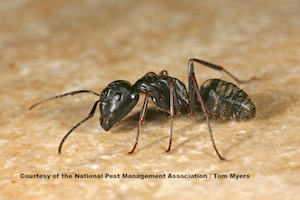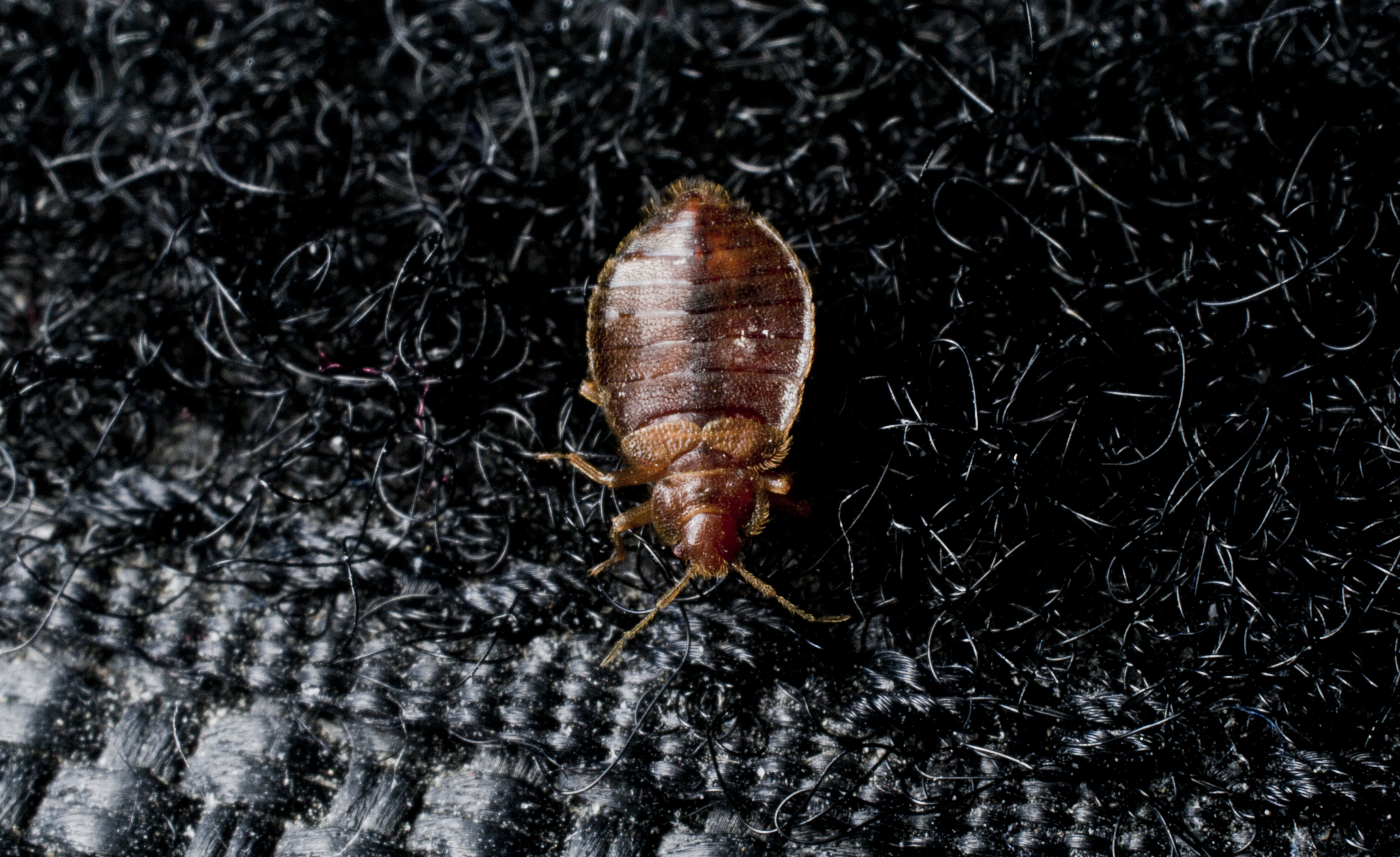Termite Swarming is Underway in Florida
An Overview of Common Termite Species in the Sunshine State
For parts of the country, the spring season marks the beginning of warmer weather, blooming flowers and termites. In Florida, where temperatures are warmer year round, termites can breed and infest homes earlier in the year, oftentimes before the official first day of spring. The warm, humid climate associated with the Sunshine State makes it the perfect home for many different species of termites. Understanding which species you are at risk for, and the signs of termite damage, is critical for homeowners looking to protect their investment.

Formosan subterranean termite
Formosan subterranean termites are the most aggressive and destructive wood-destroying pests in the United States. This species can develop colonies containing several million termites, which relentlessly feed on structural lumber, utility poles and other wooden structures, leading to substantial economic loss. Largely established in Florida and other southern states, Formosan subterranean termites are characterized by their large populations and use of mud carton nests to infest aboveground structures.
Asian subterranean termite
Along with the Formosan subterranean termite, Asian subterranean termites are among the most damaging pest species in the world. This species, while similar to the Formosan subterranean termite in its construction of mud carton nests, is limited to more tropical localities and is largely found in southern areas of Florida. Asian subterranean termites pose a threat to all wooden structures.
Eastern subterranean termite
The Eastern subterranean termite is the most common termite in the United States, found up and down the east coast. This species is most likely to infest building timber where it feeds on internal sections of the wood, causing millions of dollars of damage.
West Indian drywood termite
Colonies of all drywood termite species infest solid hardwoods and softwoods, including all common building lumbers and articles of furniture such as headboards and cabinets. The West Indian drywood termite is prone to attack smaller furniture items such as table legs and picture frames, making this pest easy to transport from one place to another. This species is one of the most widespread in the tropics, and is common to Florida as well as some other coastal areas of Southeast states.
Florida dampwood termite
Florida dampwood termites are commonly found in tropical areas, in urban settings on the coast of Florida and the Florida Keys. Structural infestations of dampwood termites are associated with sources of free water, including wood-to-soil contact, wood exposed to roof leaks, or wooden siding/decoration exposed to rainfall or sprinklers.
Conehead termite
The conehead termite is currently located in Broward County, Florida. Unlike subterranean termites that build their nests below ground, the conehead termite constructs freestanding nests above ground. This species does not rely on underground tunneling to travel. Instead, conehead termites build mud tubes that radiate from the nest to food sources such as structural lumber.
Signs of Termite Damage
In general, termites cause over $5 billion per year in property damage, an expense not usually covered by homeowners insurance. Understanding the signs of termite damage is essential for homeowners looking to protect their homes.

Here are some common signs of a termite infestation:
- Mud tubes (used by termites to reach a food source) on the exterior of the home.
- Soft wood in the home that sounds hollow when tapped.
- Darkening or blistering of wood structures.
- Small piles of feces that resemble sawdust or coffee grounds near a termite nest.
- Discarded wings near doors or on windowsills, possibly indicating the presence of swarmers, which are often mistaken for flying ants.
Termite damage should never be ignored. If you think you notice signs of termite activity or have termite damage, its best to contact a pest professional who can best determine the extent of the problem and recommend a proper treatment plan.
Click here to learn more about the five things you could be doing to attract termites.

Learn About Ants
Ants are a common pest homeowners struggle to eradicate. Learn more about them!

Bed Bug Pest Guide
Traveling for the holidays this year? Be sure to keep an eye out for bed bugs! Use our Pest Guide to help identify this pest.

NPMA's What Grows There? Project
Check out NPMA's What Grows There? project to learn how pests, such as flies, cockroaches and rodents, can spread germs throughout a home.
Find a PEST PRO in your area

Learn About Ants
Ants are a common pest homeowners struggle to eradicate. Learn more about them!

Bed Bug Pest Guide
Traveling for the holidays this year? Be sure to keep an eye out for bed bugs! Use our Pest Guide to help identify this pest.

NPMA's What Grows There? Project
Check out NPMA's What Grows There? project to learn how pests, such as flies, cockroaches and rodents, can spread germs throughout a home.
